Your basket is currently empty!
Here are the main differences between AF Supply and Demand versions 2.0, 3.0, and 3.5
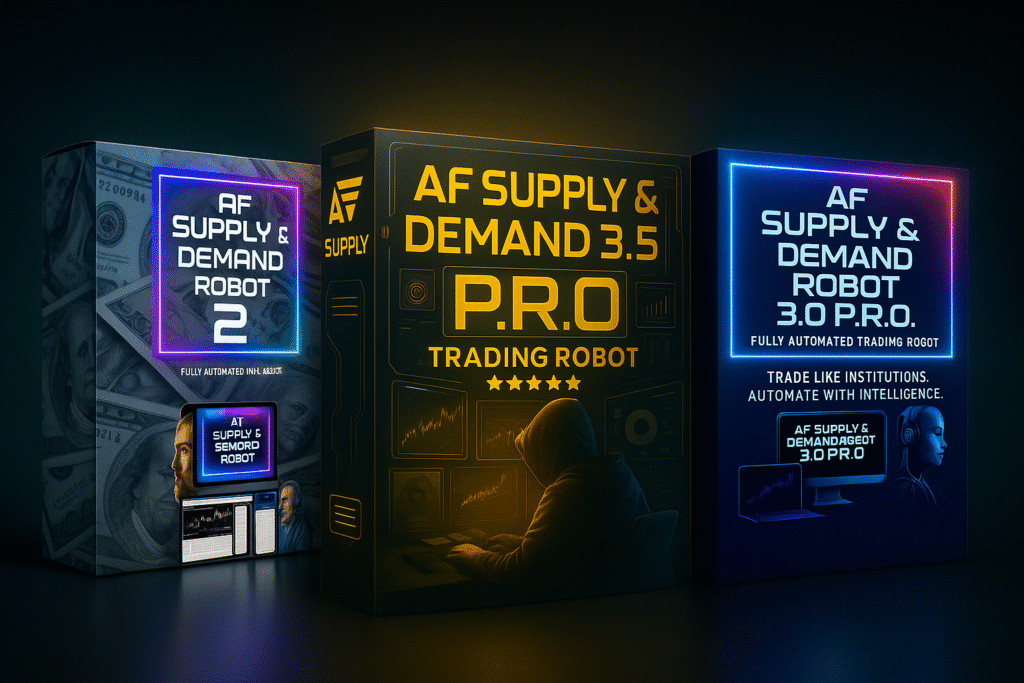

AF Supply and Demand 2.0
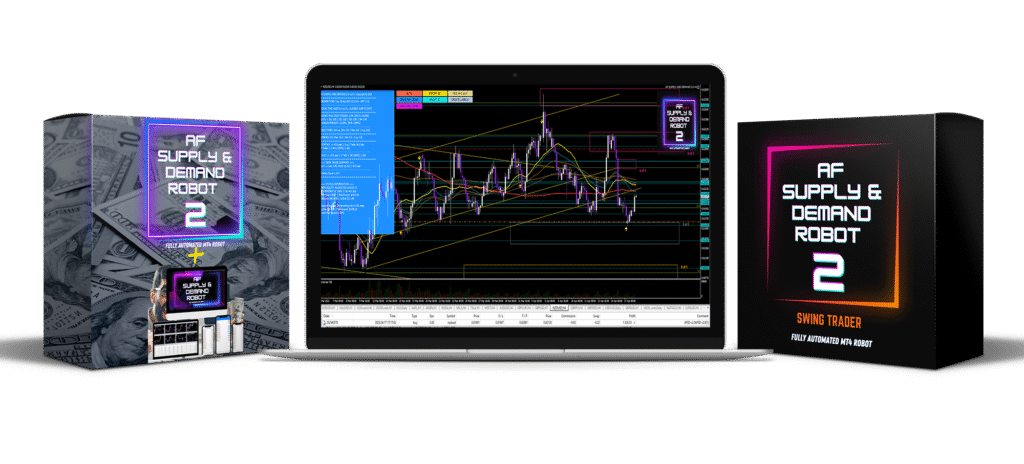

- Basic Institutional Supply & Demand Zones: Our Master Trader Detects and core institutional supply and demand levels on 11 FX Assets.
- 24/5 Automated Trading: Fully automates your entry/exit without manual intervention.
- Core Risk Management: Uses stop loss and take profit on every trade and has the automated option to make additional Trades 2, 3 and 4 to the exisiting position if a DD occurs.
- Prop Firm Friendly: Designed to comply with drawdown restrictions and rapid evaluation requirements.
- Beginner Friendly: Straightforward setup with low minimum capital requirements and no complex configurations just install the weekly chart package updates sent to Our VIP Telegram Group every Sunday evening.
- Platform Compatibility: Works on MT4 and can be deployed on VPS.
AF Supply and Demand 3.0
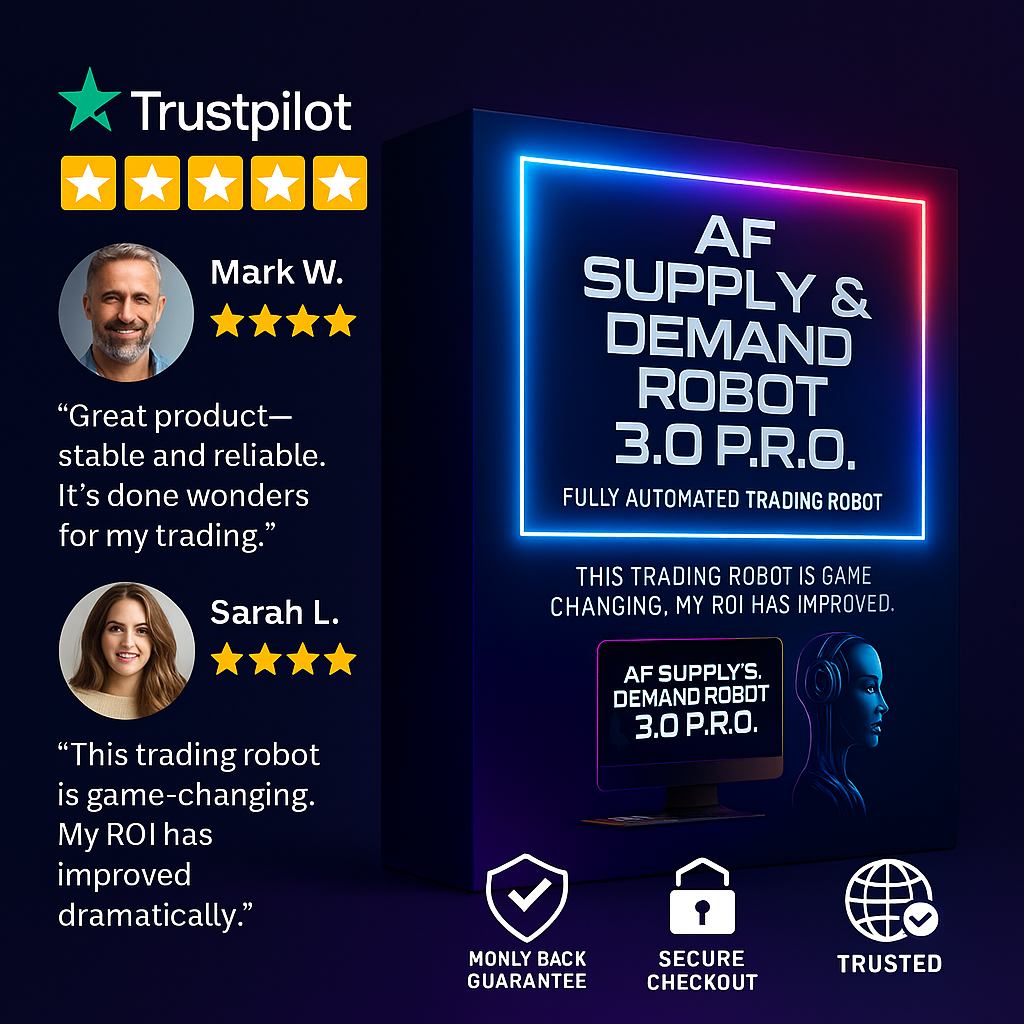

- Advanced Multi-Timeframe Mapping: Analyzes and overlays supply and demand zones across multiple timeframes in real time for more trading opportunities.
- Adaptive Entry Logic: Incorporates price action confirmation and waits for structural or momentum triggers before executing trades, aiming to filter out weak setups.
- Dynamic Risk Controls: Includes adjustable stop loss, take profit, trailing stop, and break-even functions, allowing for more tailored risk management.
- Broader Market Coverage: Supports trading on over 20 instruments, including forex and metals.
- Drawdown Optimization: Enhanced for stable returns and minimal drawdowns using intelligent scaling.
- Plug-and-Play with Guided Setup: Improved user onboarding with step-by-step guides and software updates.
- Full Automation: No need for manual charting pack installation, removes human error for institutional-grade execution.connectmycurrency
AF Supply and Demand 3.5
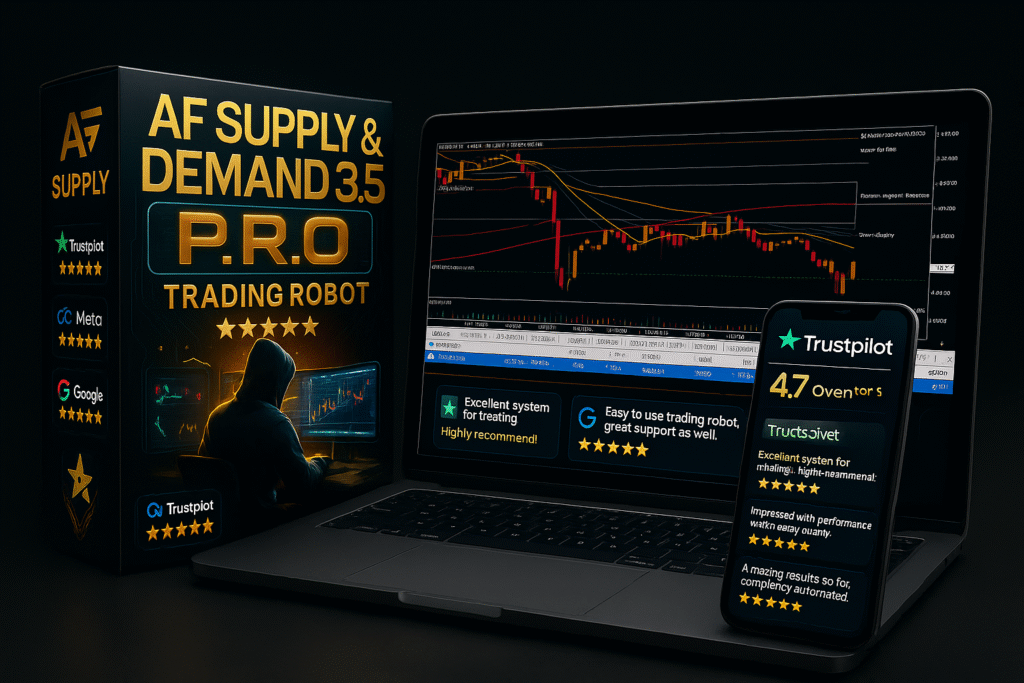

- Expert Enhanced Precision and Speed: Upgrades to both zone detection and execution algorithms for extreme accuracy.
- Quick & Simple Installation: Focused on even easier deployment and update pathways.
- Latest Asset Expansion and Broker Support: Access over 150 assets including Forex, Crypto and Stocks and they are frequently updated to cover new markets or brokers.
- Continuous Performance Improvements: Incorporates latest optimizations based on user and market feedback.
- Dedicated User Support: Prioritized support and improved tutorial resources for all users.
- Backward Compatibility: Runs on existing infrastructure but brings higher efficiency to all supported platforms.youtube
Summary Table
AF Supply and Demand Robot Comparison
£297


✦
Video lectures
✦
1x Robot Lifetime Access
✦
Downloadable resources
✦
1x Swing Trading Pack for 1 Month
This is an easy to use robot which requires members to update the Supply and Demand Zones twice a week with a 1x charting package for H4 Timeframes only and given in my community hub.
£797
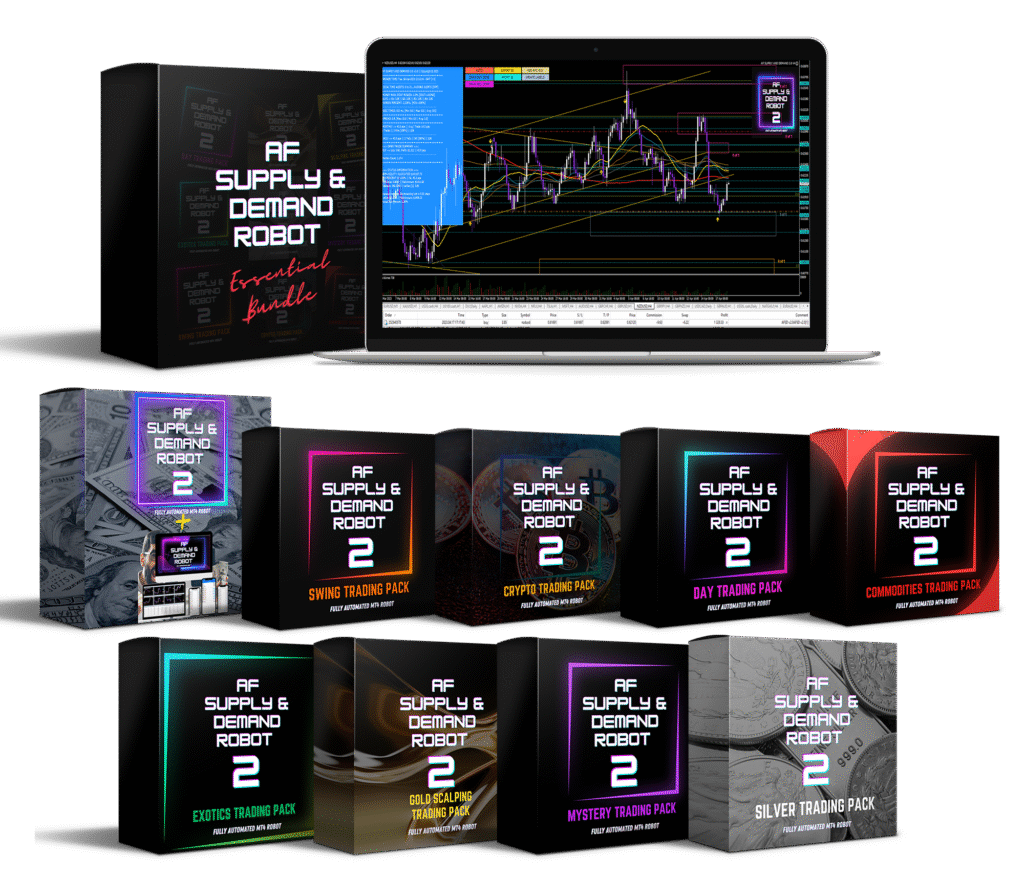

✦
Video Lectures
✦
1x Robot One Year Access
✦
Downloadable resources
✦
7x Allstar Trading Packs: 1 Month Access
This is the same thing as AF Supply and Demand 2.0 Hybrid but now you have access to 7x charting packages which range from M15 Timeframes to Monthly which have to be uploaded once a week.
£497
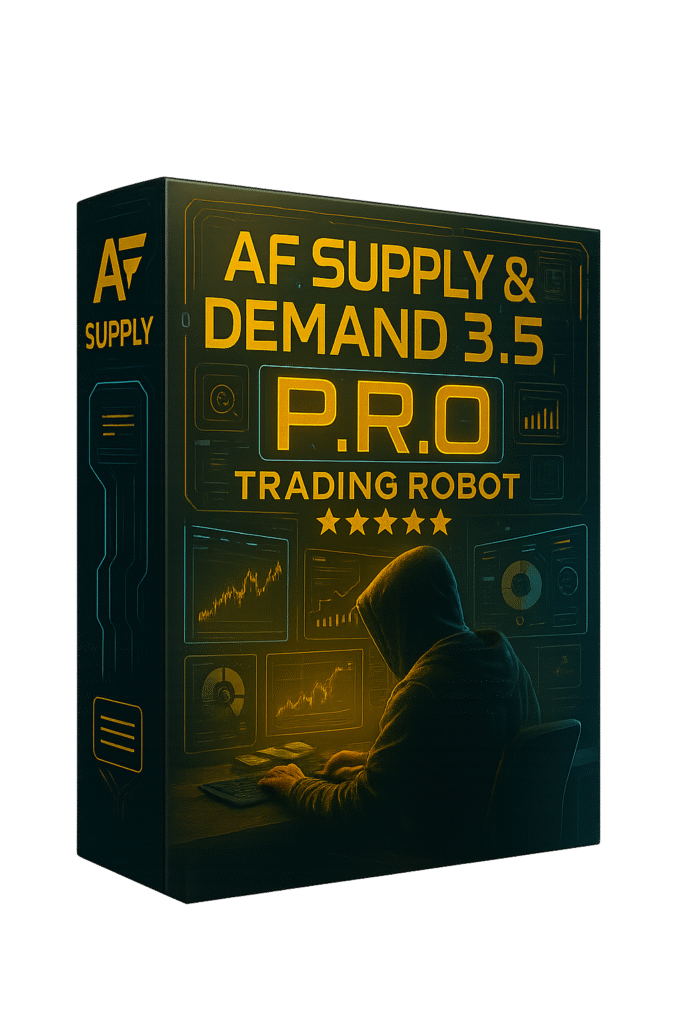

✦
Video Lectures
✦
1x Robot Lifetime Access
✦
Exclusive Community Access
✦
Unlimited: Trades Every Asset
This is the complete all in bundle which trades Supply and Demand through automatic zone detection accross ANY Asset and ANY Timeframe! No uploads required!
In summary: Each version builds on the previous with greater automation, smarter zone detection, expanded market compatibility, more flexible risk management, and an increasingly user-friendly experience. Version 3.5 is the current pinnacle, offering the fastest setup, latest performance optimizations, and broadest support for markets and brokers.

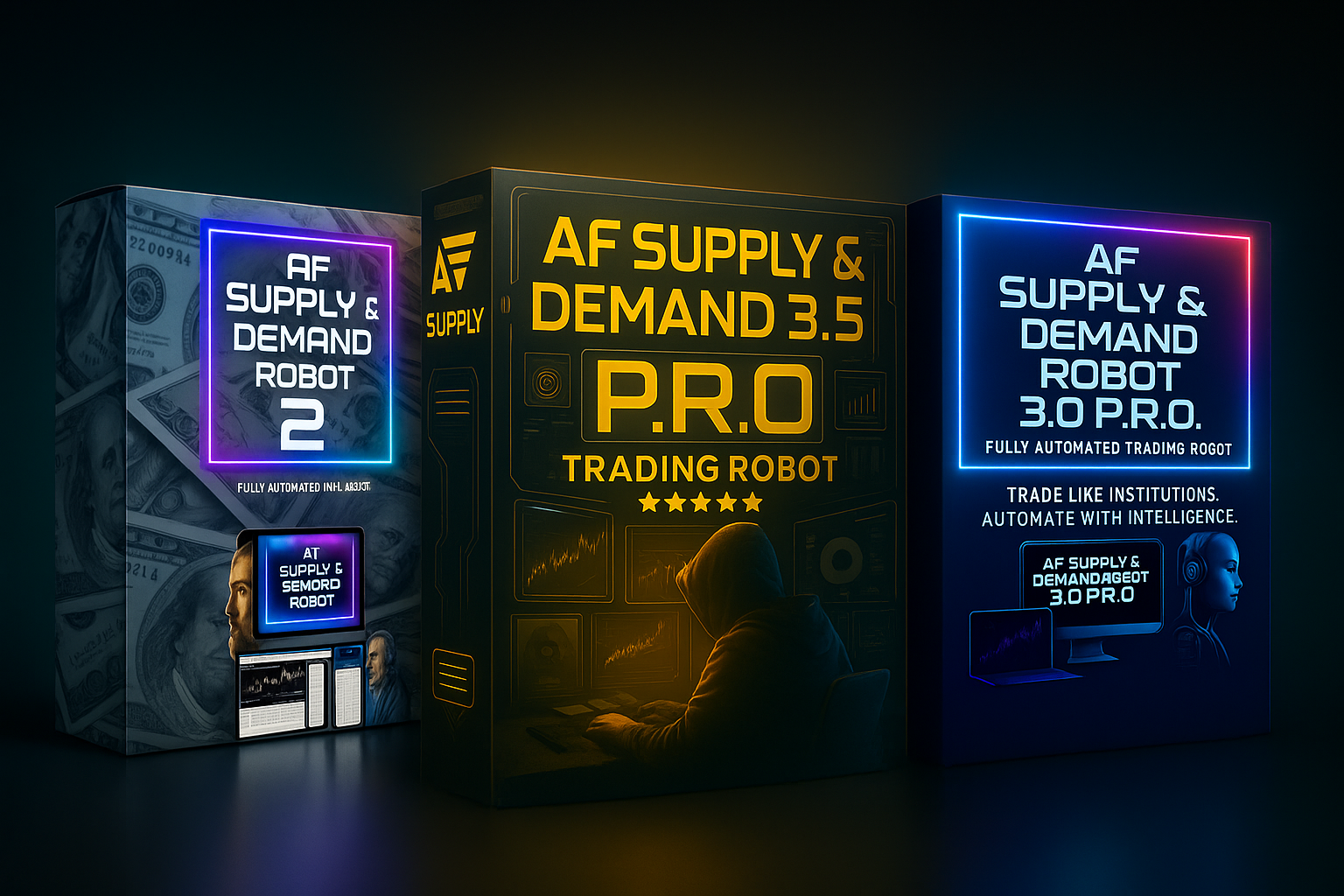
0 responses to “What are the Main differences between AF Supply and Demand versions 2.0, 3.0, and 3.5”